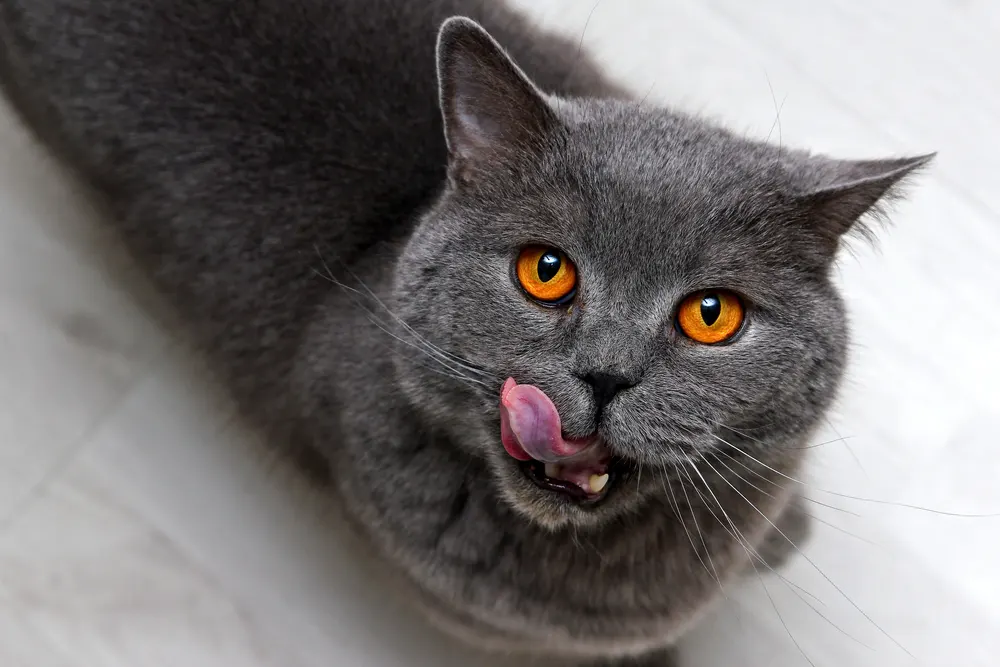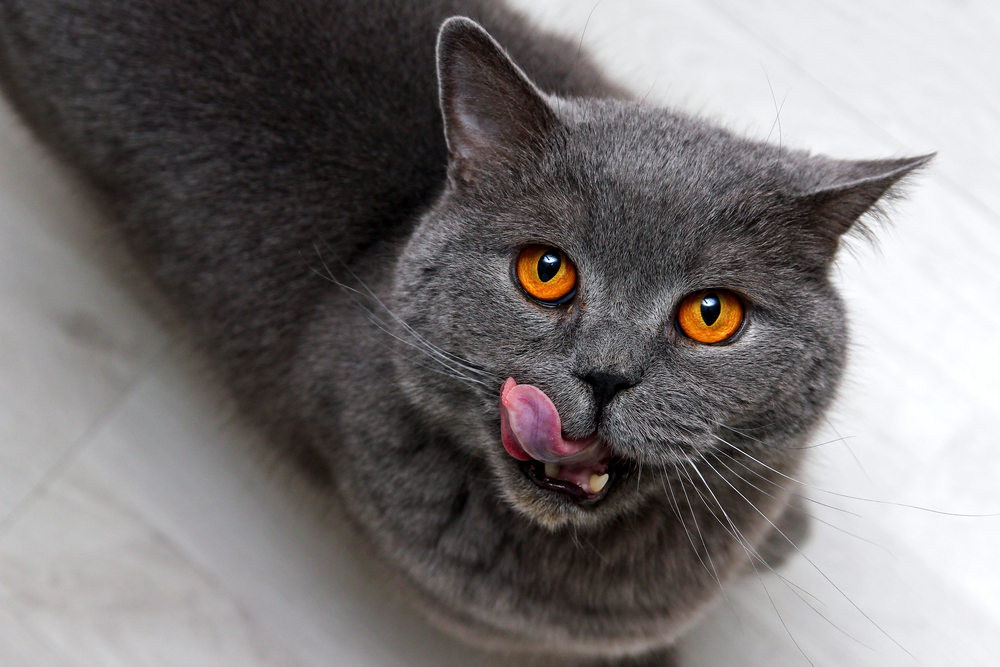
What is a microbiome?
March 21st 2024
A microbiome is a small environment or mini-ecosystem, that contains both beneficial and potentially harmful microbes. The microbes or ‘bugs’ include bacteria, viruses and fungi (plus other less well-known microbes known as archaea). The skin is an example of a microbiome, and so is the mouth, nose and throat and the digestive system.
Much of the current research into the microbiome of both humans and animals is on the gut microbiome.
Why are scientists researching the gut microbiome?
Scientists have discovered that the health of the gut microbiome is linked to the health of the overall person or animal. Here are just a few things that have been discovered so far:
Obesity – People with obesity have a less diverse population of microbes in their gut than people of a healthy weight. Obese mice also have a less diverse population of microbes in their gut, and an increased number of microbes that promote inflammation[i].
Hormonal impact – in humans, menopausal changes have been associated with changes to the gut microbiota.[ii]
Immune system – It is estimated that 70—80% of the immune system is found in the gut, and gut health plays a huge role in immunity. In cases of auto-immune disease gut dysbiosis (an imbalance or disruption of the normal balance of microbes) is seen.
The gut-brain axis –This term has become more popular recently and it is because of the links seen in humans between mood and mental health conditions such as anxiety and depression and the microbiome. It’s also seen in animals. For example, studies show that rats with anxiety have a different microbiome to normal rats. Interestingly, 95% of serotonin, a chemical neurotransmitter responsible for feelings of happiness is actually produced in the intestines.
Aggression – a study on dogs with certain types of aggression showed that their microbial composition (the type and number of the microbes or bugs) in the gut differed when compared to non-aggressive dogs.[iii]
Arthritis – There is also evidence to show that there is a link between osteoarthritis and gut dysbiosis[iv]. This has been called the gut-joint axis.
Can a diet change influence the balance of microbes in the gut?
Several studies have shown that the type of diet (dry, wet, raw or home-made) affects the balance of microbes in the gut[v]. In addition, the level of protein, fibre level and fibre type can also affect the canine and feline microbiome. For example, a recent study[vi] in dogs showed that diets using rye, wheat or oats all had different effects on the dog’s microbiome, however the researchers were unable to say what influence this would have on health.
Fibre is of particular interest because bacterial fermentation of fibre results in the production of short chain fatty acids or SCFAs. SCFAs have several health benefits including being anti-inflammatory. This is why probiotics and fibre are often combined in supplements or foods to provide maximum benefit.
Prebiotic and probiotics
Probiotics are live organisms such as yeasts or bacteria that are eaten to try and repopulate the gut with ‘good microbes’. Prebiotics are usually fibre sources such as inulin from chicory root that help to feed the beneficial microbes in the gut, with the idea of helping them to increase.
What are the next steps?
There have been promising findings when it comes to treating or preventing disease by using diet to modulate the gut microbiome. However, there are also many challenges. For example, research on the microbiome is still really in its infancy and there is a lot that researchers don’t know or understand yet about how the microbiome works and how diet might affect it.
For example, the gut microbiome is very complex with the microbes interacting with each other and the host in many ways. Therefore, if one species of microbe is targeted with a dietary intervention, changes in its numbers may cause a decrease or increase in numbers of other microbes.
There are also challenges when it comes to the species of probiotic to use, will it be the right one to help with that condition? or that species of animal? (dog, cat or human) or that type of microbe (bacteria, virus etc.), and what dose should be used?
In addition, when there are changes in the microbiome in healthy animals eating different diet types (raw, dry, wet etc.) there is not currently enough research available to say what impact these changes may have on health.
We are only just scratching the surface with what is known about the gut microbiome; however it is an exciting area of research, and it looks like knowledge of the gut microbiome will be really helpful for both our pets and our own health in the future.
[i] Schott, E.M., Farnsworth, C.W., Grier, A., Lillis, J.A., Soniwala, S., Dadourian, G.H., Bell, R.D., Doolittle, M.L., Villani, D.A., Awad, H., Ketz, J.P., Kamal, F., Ackert-Bicknell, C., Ashton, J.M., Gill, S.R., Mooney, R.A. & Zuscik, M.J. 2018, “Targeting the gut microbiome to treat the osteoarthritis of obesity”, JCI insight, vol. 3, no. 8.
[ii] Schreurs, M.P.H., de Vos van Steenwijk, Peggy J, Romano, A., Dieleman, S. & Werner, H.M.J. 2021, “How the Gut Microbiome Links to Menopause and Obesity, with Possible Implications for Endometrial Cancer Development”, Journal of clinical medicine, vol. 10, no. 13, pp. 2916.
[iii] Kirchoff, N.S., Udell, M.A.R. & Sharpton, T.J. 2019, “The gut microbiome correlates with conspecific aggression in a small population of rescued dogs (Canis familiaris)”, PeerJ (San Francisco, CA), vol. 7, pp. e6103-e6103.
[iv] Chisari, E., Wouthuyzen-Bakker, M., Frieich, A.W. & Parvizi, J. 2021, “The relation between the gut microbiome and osteoarthritis: A systematic review of literature”, PloS one, vol. 16, no. 12, pp. e0261353-e0261353.
[v] Pereira, A.M. & Clemente, A. 2021, “Dogs’ Microbiome From Tip to Toe”, Topics in companion animal medicine, vol. 45, pp. 100584-100584.
[vi] Hanna Palmqvist, Katja Höglund, Sara Ringmark et al. Effects of whole-grain cereals on fecal microbiota and short-chain fatty acids in dogs – A comparison of rye, oats and wheat, 11 April 2023, PREPRINT (Version 1) available at Research Square [https://doi.org/10.21203/rs.3.rs-2772205/v1]

 Shop Dog
Shop Dog
 Shop Cat
Shop Cat
 Vet Know-how
Vet Know-how Contact
Contact


